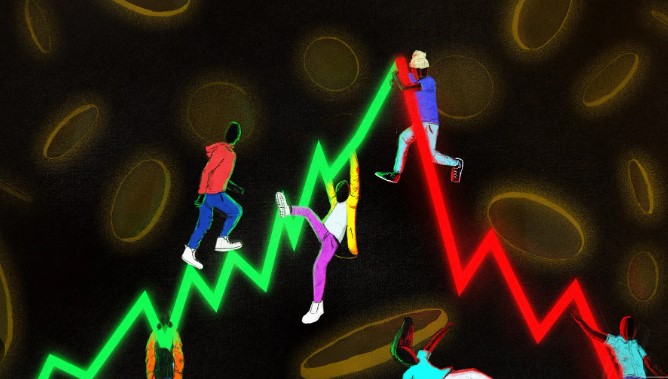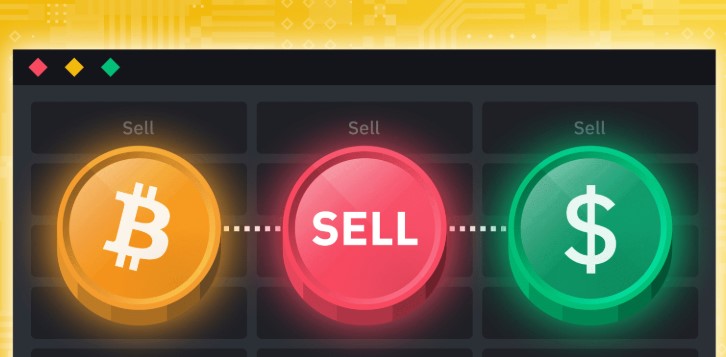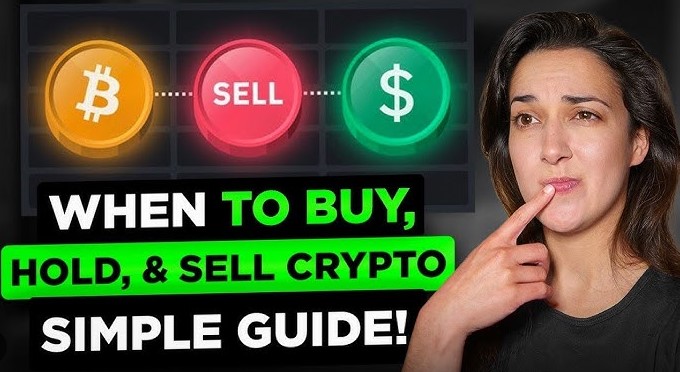Discover the psychology and strategy behind why crypto investors hold onto their assets—even during market crashes. Learn the real reasons behind HODLing.
Why Crypto Investors Refuse to Sell Even in Crashes
In the wild world of cryptocurrency, there’s a phenomenon that baffles traditional investors: why do so many crypto holders refuse to sell, even when markets are bleeding red?
Bitcoin down 50%? Ethereum tanking? Memecoins wiped out overnight?
Yet countless investors hold on with diamond hands, tweeting “HODL” while their portfolios shrink by the hour.
But is this irrational behavior, blind optimism, or something deeper? In 2025, with crypto volatility still a norm, understanding the reasons behind this unwavering loyalty can help decode the mindset of the modern digital investor.
Let’s unpack the real reasons why crypto investors refuse to sell—even in the worst of crashes.
- The HODL Culture: More Than a Meme
The term “HODL” started as a typo in a 2013 Bitcoin forum post—“I AM HODLING.”
It evolved into a mantra, a badge of honor, and ultimately, a lifestyle.
For many, HODLing isn’t just a strategy; it’s a form of rebellion against traditional finance.
What it represents:
Belief in decentralization
Distrust in banks and fiat currencies
Long-term conviction in blockchain technology
Crypto isn’t just an asset. For millions, it’s a movement. Selling during a crash feels like betrayal.
- Past Cycles Have Proven Survivors Right
Many seasoned investors remember the 2017 crash—or the 2020 COVID crash—where Bitcoin plummeted, only to rise even higher later.
Examples:
BTC crashed to $3,200 in 2018… then hit $69,000 in 2021.
ETH dropped to $90… then reached $4,800.

Those who sold at the bottom regretted it. Those who held? They saw 10x returns.
Lesson learned: Panic selling rarely wins in crypto. Patience often pays.
- The Fear of Missing Out (FOMO) on the Next Bull Run
Crypto moves fast. A single tweet, ETF approval, or market shift can spark a rally.
Investors fear selling during a dip, only to watch prices bounce and soar days later.
In such a fast-paced market, timing the bottom is nearly impossible.
So many prefer to “just stay in,” rather than risk being left behind when the market rebounds.
- Social Influence and Echo Chambers
Crypto communities on X (Twitter), Reddit, Telegram, and Discord are powerful. During crashes, they rally together, pushing messages like:
“Buy the dip”
“Crashes create millionaires”
“Only weak hands sell”
This collective mentality reinforces staying put—even when logic says otherwise.
Plus, no one wants to be the one who sold Bitcoin at $17k… and watched it go to $70k.
- Belief in the Technology, Not Just the Price
True crypto believers don’t see Bitcoin or Ethereum as just price charts—they see them as world-changing technologies.
Bitcoin = censorship-resistant money
Ethereum = the foundation for Web3
Chainlink = the key to decentralized data
Solana = scalable crypto infrastructure
They invest in the vision, not just the valuation.
- Staking and Passive Income Incentives
With many crypto assets offering staking rewards, selling means giving up yield.
For example:
ETH stakers earn ~4–6% APR
DeFi protocols offer even more through liquidity mining
Even during downturns, holding earns rewards. That’s real money.
For long-term holders, this compensates for short-term losses. Also Read>>>>
- Tax Considerations
Selling crypto often triggers capital gains taxes—even if the value fell.
In countries like the U.S., investors might owe taxes on previous gains, making selling in a crash even more painful.
Some prefer to HODL through the dip, avoid the paperwork, and wait for better exit opportunities.
- Illiquidity and Long-Term Lockups
Some crypto is simply not easy to sell—either locked in smart contracts, long-term vesting schedules, or held in cold storage with limited access.
Others purposely set up “set it and forget it” strategies:
Long-term wallets with time locks
Automatic reinvestment protocols
Hardware wallets stored away to avoid impulse selling
- Emotional Attachment and Identity
Let’s face it—crypto can be emotional.
Some people bought Bitcoin when it was $200.
They grew up with the coin.
It’s not just an asset—it’s part of their identity.
Selling feels personal. Like giving up on a part of themselves.
That level of emotional attachment can override logic in decision-making.
- The Long-Term Vision: Financial Independence
For many, crypto isn’t just about fast profits.
It’s a ticket to freedom—financially, geographically, and politically.
Holding through the pain is part of the journey:
Retire early
Escape inflation-heavy economies
Build generational wealth
They’re not day traders. They’re dreamers with conviction.
The Dangers of Blind HODLing

While HODLing has made many rich, it’s not a one-size-fits-all strategy.
There are real risks:
Holding scams or dead projects
Missing better investment opportunities
Mental health stress during deep crashes
Smart investors balance conviction with rational risk management.
Smarter Holding: What Seasoned Investors Do
- Diversify: Don’t go all in on one coin.
- Research: Hold only projects with real tech, strong teams, and use cases.
- Take Profits on the Way Up: Secure gains during bull runs, don’t wait for the top.
- Use Stop-Loss or Rebalancing Strategies: Especially in volatile markets.
- Stay Emotionally Detached: The market doesn’t care about your dreams—act accordingly.
Final Thoughts: HODLing Is Human
Why do crypto investors refuse to sell in crashes?
They’ve seen the market bounce before.
Because the community tells them not to.
Because they believe in something bigger than price charts.
And sometimes… because they simply can’t afford to be wrong.
Whether you’re a long-term HODLer or cautious swing trader, the key is understanding your strategy—and sticking to it when it matters most.
Want smarter strategies for surviving crypto crashes?
Subscribe now and get exclusive tips, project deep dives, and psychological hacks for staying calm when the markets go crazy.





